The raw statistics are grim.
American and U.N. officials have said the death toll given by the Palestinian Health Ministry, which is controlled by Hamas, is likely to be an undercount. Aid workers on the ground estimate thousands more people remain buried under the rubble of destroyed buildings.
About 80% of the population, or 1.9 million people, has been forced to flee their homes, according to the U.N., some up to half a dozen times because of the Israeli military push southward. Around 60% of the buildings in Gaza have been damaged, 45% of them destroyed — including schools, hospitals, bakeries, mosques and thousands of homes — according to research by the World Bank.
Even by the scarce standards of Gaza, which Israel and Egypt have blockaded for 16 years, there are shortages of everything: water, food, fuel, electricity and medicine. The U.S. has sent several aid drops into Gaza in recent days, but even if they are successful, they will not solve the issue. With desperation mounting, more than 100 Palestinians were killed last week in a chaotic encounter with Israeli troops around an aid convoy.
The lack of clean water means diseases such as diarrhea and hepatitis are rife. The lack of food means people are simply starving to death, according to local doctors and international aid workers.
Gaza’s Health Ministry has reported that at least 16 children have died since last week as a result of malnutrition and dehydration. It has also expressed concerns for six infants who it said were being treated for malnutrition at Kamal Adwan hospital in the town of Beit Lahia.
Some had underlying health conditions, like Yazan Kafarneh, 10, who was recorded by an NBC News crew before he died Monday. Yazan had been dependent upon a special diet, such as blended fruit and milk, items now unavailable in Gaza, doctors told Reuters.
Pictures showing the emaciated boy covered in blankets and receiving fluids intravenously were widely shared on social media after he died.
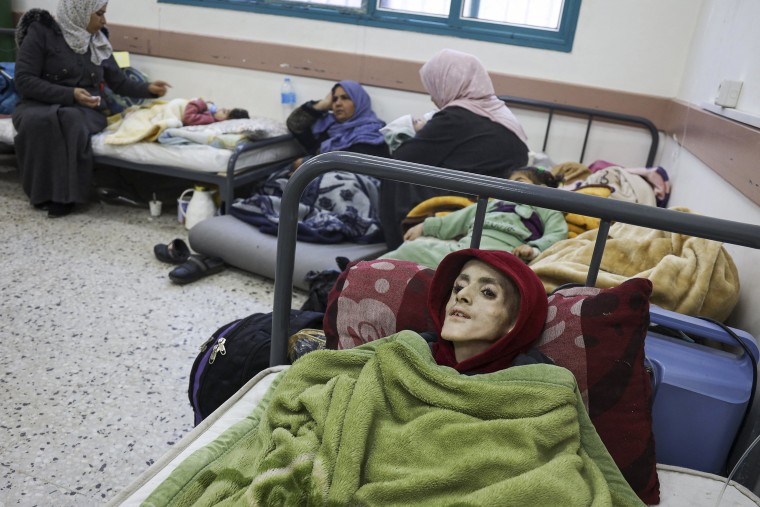
After the U.N. warned last week that famine in Gaza was “almost inevitable,” Adele Khodr, the regional director of the U.N.’s children’s agency, UNICEF, warned Sunday that “the child deaths we feared are here as malnutrition ravages the Gaza Strip.”
The World Health Organization, the United Nations Relief and Works Agency and the World Food Program have issued similar warnings.
People in Gaza have been “totally dehumanized, deprived of their own dignity and their human well-being,” said Dalal Iriqat, a Palestinian associate professor of diplomacy at the Arab American University, based in the occupied West Bank. “Let alone the fact that they have lost all their property, their homes and in many cases their family members.”
She shares the view of many Palestinians that the war is not about Hamas at all but rather about what they see as a thinly veiled, decadeslong desire by the Israeli government to push them out of Gaza and repopulate it with Israelis.
Far-right members of the Israeli government coalition have openly supported the idea of expelling Palestinians from Gaza, but Prime Minister Benjamin Netanyahu has repeatedly denied that is his policy.
Unbowed by international pressure to ease off his military assault, Netanyahu remains adamant the country must eliminate Hamas, which does not recognize Israel’s existence and is a banned terrorist group in the West.
The 134 remaining hostages, some of whom are believed to be dead, are a constant and growing torment not just for their campaigning families but also for the nation and the Jewish diaspora as a whole. In a report Tuesday, which many saw as long overdue, the U.N. said there was “clear and convincing” evidence that women and children had been subjected to “sexual violence, including rape” and “sexualized torture,” after the Oct. 7 attacks. The hostages in Gaza may still be suffering the same treatment, it said.
Polls indicate most Israelis support the war in Gaza.
“What happened on Oct. 7 is very much still vivid in the Israeli mindset,” said Nimrod Goren, a Jerusalem-based senior fellow for Israeli affairs at the Washington-based Middle East Institute, a nonpartisan think tank. “Even people who have lost all faith in Netanyahu still believe that the military objectives that were stated were the right ones to pursue — it’s very different to where the international discourse is at.”
Militarily, Israel controls most of northern Gaza, as well as swaths of the south, according to a rolling analysis by the Institute for the Study of War, a nonprofit think tank in Washington. It began a relentless bombing campaign of Gaza hours after Hamas’ attack, and on Oct. 27 it launched a land invasion.
Netanyahu has heavily signaled that he intends to attack Rafah next, believing it to be the location of four Hamas battalions. The government has instructed people sheltering there to evacuate once again, to which many of them respond: where?

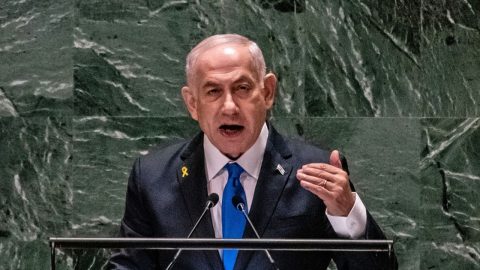
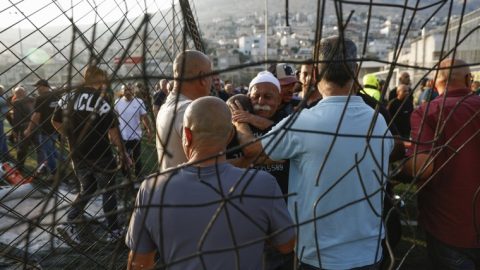


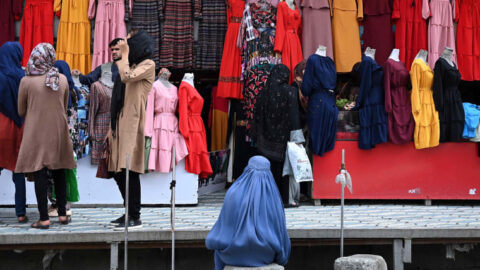

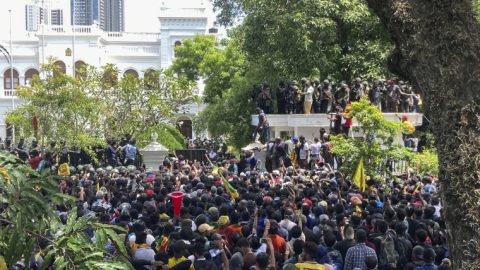
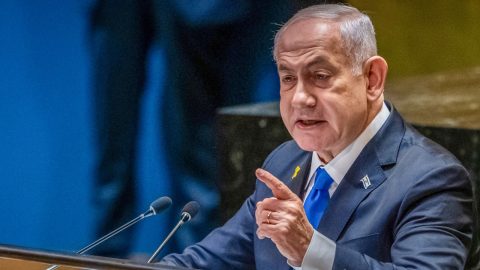
Recent Comments